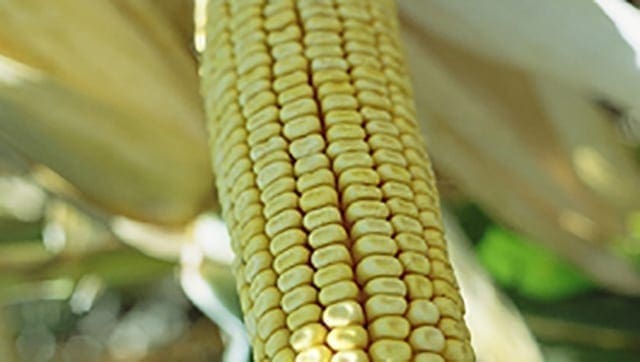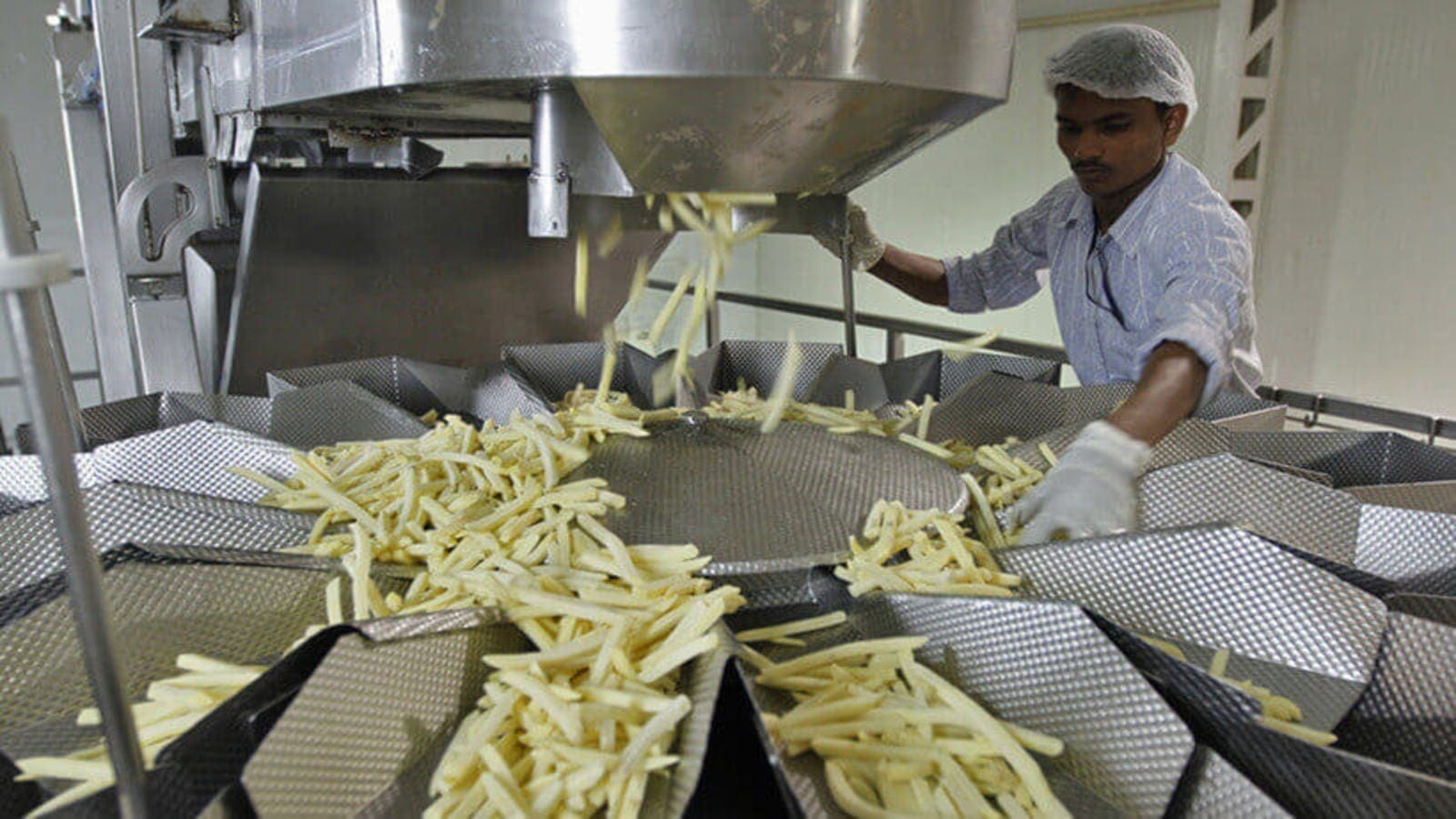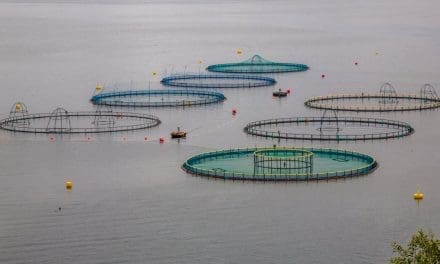ASIA – According to the Foreign Agricultural Service of the USDA, rice and corn production in Thailand is predicted to reach a record 21million and 5.1million tonnes respectively in the year 2018-19.
The higher figures reflect a 3% and 2-3% increase for rice and corn production from 2017-18 marketing year.
Growth in production is expected to be driven by high prices and availability of water that support irrigation.
In February, the farm-gate price for white and fragrant paddy rice were up 5% and 53%, respectively, from the previous year.
To ensure this target is achieved, the government was working in collaboration with farmers who are planting rice earlier as water for irrigation will start on April 1 to avoid possible flooding damage during the harvest period.
“This will allow farmers in the lower northern region and the central plains to double crop the main rice crop in MY2018-19 given normal precipitation,” said the USDA statement.
High corn production is driven by the government’s direct payment program to encourage rice farmers to switch to corn, particularly in the non-irrigated offseason rice areas in the northern region.
“The government has been encouraging farmers to shift offseason production from rice to corn due to corn’s lower water requirements,” the USDA said.
While corn exports are expected to drop 70% to 200,000 tonnes as Thai corn prices will remain uncompetitive, export prices are 35% above world market prices as supplies of corn are in demand domestically for animal feed.
Despite the acreage reduction in non-irrigated areas where some farmers have shifted to corn, rice production forecast remains unchanged as this is likely to be offset by offseason rice acreage expansion in irrigated areas.
According to USDA report, Thailand rice exports are expected to decline to 10 million metric tons in 2018 due to limited quantities of food-quality rice in the government stocks.
On the other hand, wheat imports are forecast to decline to 3 million metric tons; down 26% from MY2016/17 as the reduction in feed wheat imports will more than offset increases in imports of milling wheat.
Feed wheat imports are likely to continue to decline in the latter half of MY2017/18 as the Thai government is still restricting feed wheat imports.











